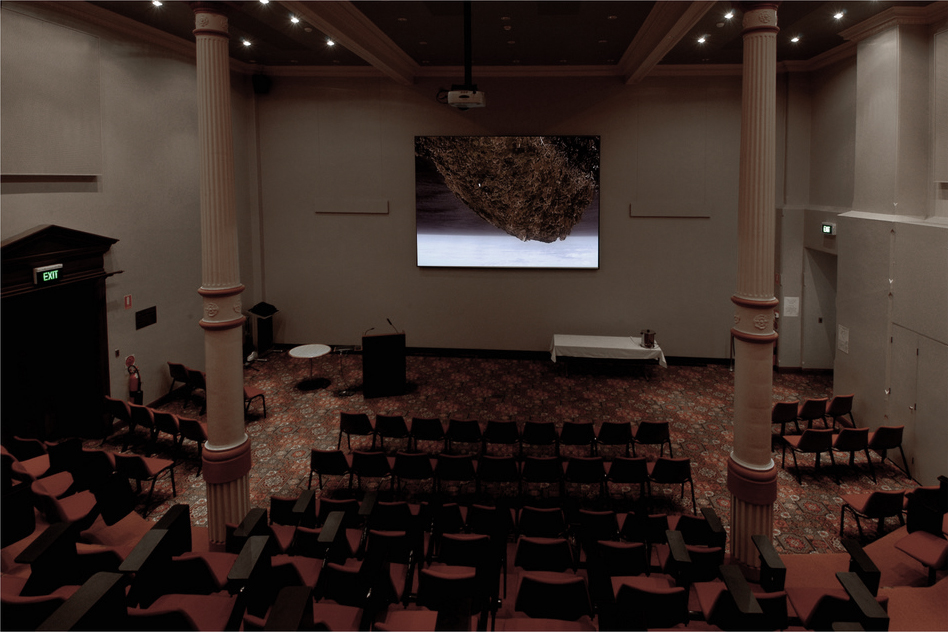Hollow Earth Theory is nothing new in the history of ideas. The famous British seventeenth century astronomer, Edmund Haley believed that the inner earth was hollow and lit by a luminous atmosphere. Edgar Rice Burroughs wrote a cycle of novels set in the hollow earth. Julese Verne wrote ‘Journey to the Center of the Earth’ as part of a series of journey novels. John Cleves Symmes, an American nineteenth century eccentric believed that the earth was open at the poles and that the interior of the earth was inhabited. In 1906, William Reed added his book “Phantom of the Poles” within which he claimed to be able to prove his theory that the earth was not only hollow but able to sustain life. There is it seems a long list of people who have set out to prove or discover that the world is indeed hollow. In more recent times the Nazis where also curious and sent Dr Heinz Fischer, an expert on infrared rays to the Baltic to photograph the British Fleet by turning his cameras upward and shooting across the hollow earth.
Exhibited in The Butterfly Effect, The Museum of Sydney Australia,curated by Michael Goldberg 2006 and exhibited at 24 hr Art Darwin, Northern Territory, Australia.Single Channel video projection, stereo sound.
People are still mounting expeditions to find out if the earth is hollow. Worthy of a plot from the filmmaker Werner Herzog, an adventure company is mounting a high-tech expedition to the Arctic Circle to locate the entrance of the inner earth, complete with a Russian nuclear-powered ice breaker. This type of adventure tourism seems to follow firmly in the footsteps of the great Pataphysical author Reme Daumal, whose novel “Mt Analogue” is about climbing an imaginary mountain.
Jules Verne wrote ‘The Journey to the Center of the Earth” in 1864. With Verne’s text, we began our own ‘Pataphysical’ journey of discovery to imagine the interior of an inhabited hollow earth. For Verne the “Journey” novel was a platform for educating people about science. This elaborate didactic educational text brought people into the world of natural history and functioned as a positivist reading of the day’s science. Verne later became disillusioned with the progress of science and used his writing as a political critique in reaction to the expansion of technological progress as the French began to technologize its military.
Our work loosely follows the structure of ‘The Journey to the Center of the Earth’, and in our ‘fantastical world’, we explore upside-down mountain climbing and pick over the ‘boom and bust’ cycles of decaying modernity.
In our contact with the inner workings of the Australian Museum, what impressed us most was the dedicated hard science that is being done behind the scenes. Our preference is for things to be taken seriously. Much in the natural world is truly fantastic, and museums like this one, both here in Australia and overseas, are clearly a testament to that. One might ask, do we really need anything more to be added to the rich treasures housed within this building, particularly things that come from the outside, so to speak, like works of Contemporary Art? Are we not sure? The best thing we can do is to stick with what we know how to do. Our work does not consciously attempt to make a bridge between Art and Science nor create a hybrid of disciplines, but one thing we might be able to do is to bring back some of the complications that were once common in the past and now lay firmly out on the fringes.
